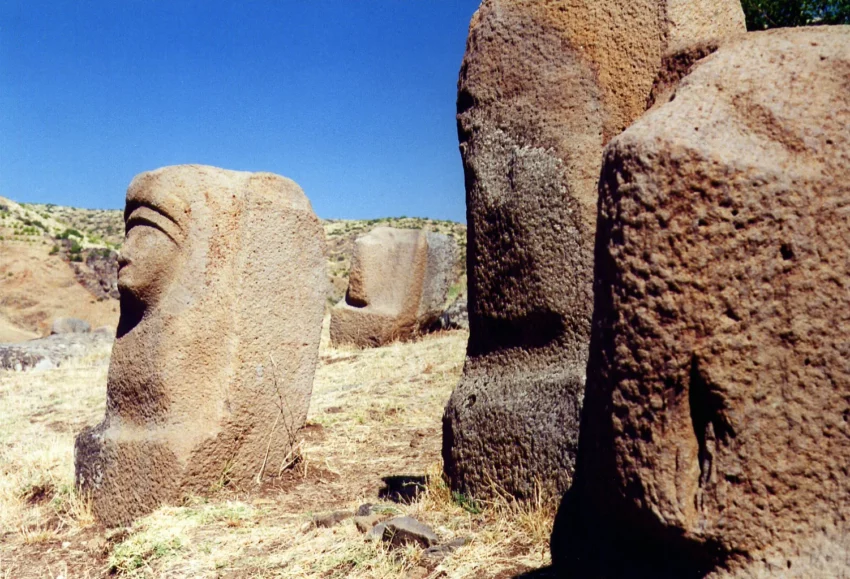Yesemek Quarry and Sculpture Workshop: An Archaeological Overview
Yesemek Quarry and Sculpture Workshop, located in Gaziantep Province, Turkey, stands as the largest known stonemasonry workshop from the ancient Near East. This open-air museum, dating back to Hittite times, spans an impressive 100,000 square meters.
Get your dose of History via Email
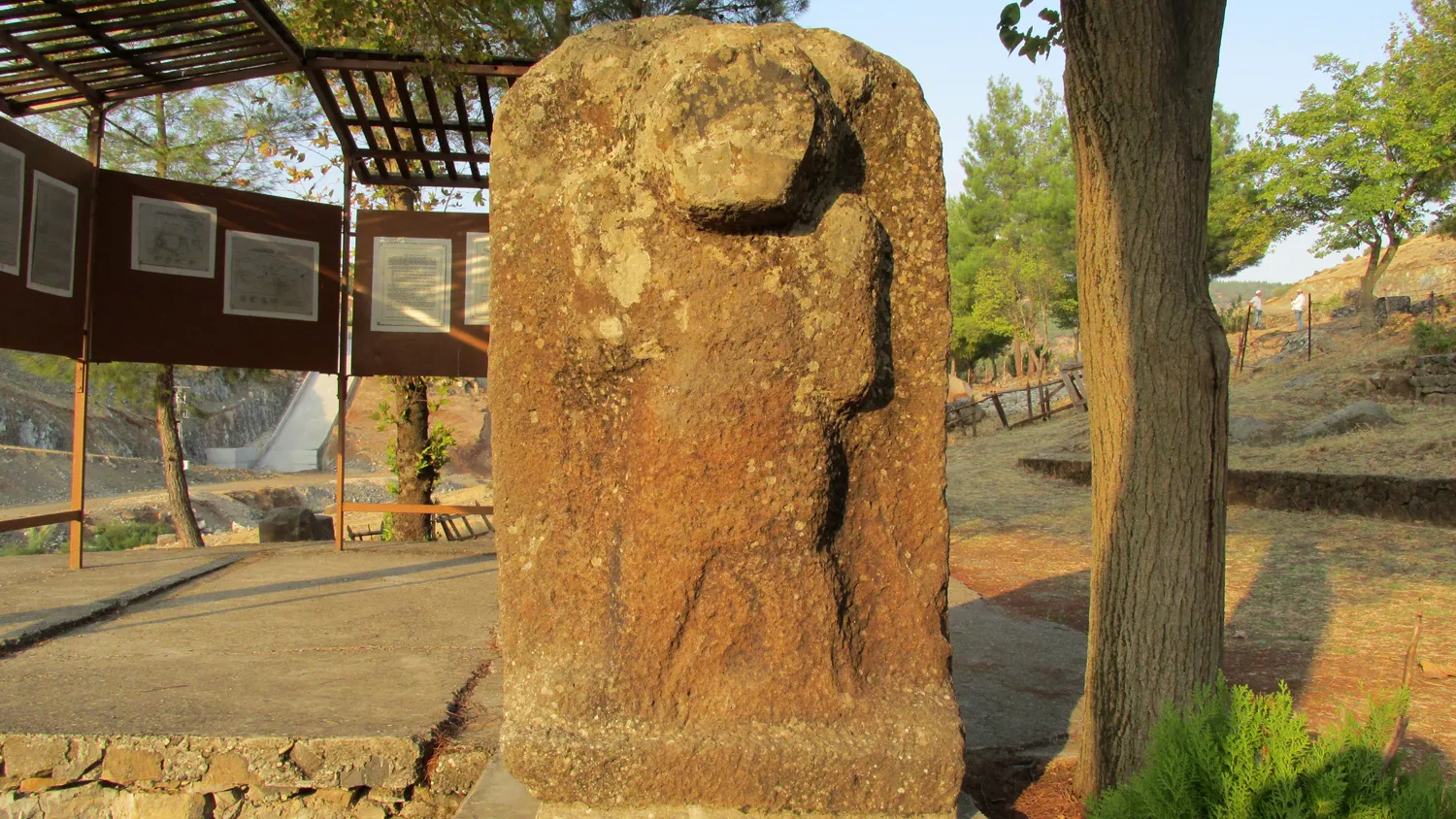
Geography
Situated to the south of Yesemek village in the İslahiye district of Gaziantep Province, the Yesemek Quarry and Sculpture Workshop lies at coordinates 36°53′35″N 36°44′40″E. It occupies the western slopes of a mountainous area, east of the Tahtalı Dam reservoir. The site is just 1.5 kilometers from Yesemek village, 23 kilometers from İslahiye, and 113 kilometers from Gaziantep. Visitors can easily drive to the site from Gaziantep, İskenderun, or Antakya.
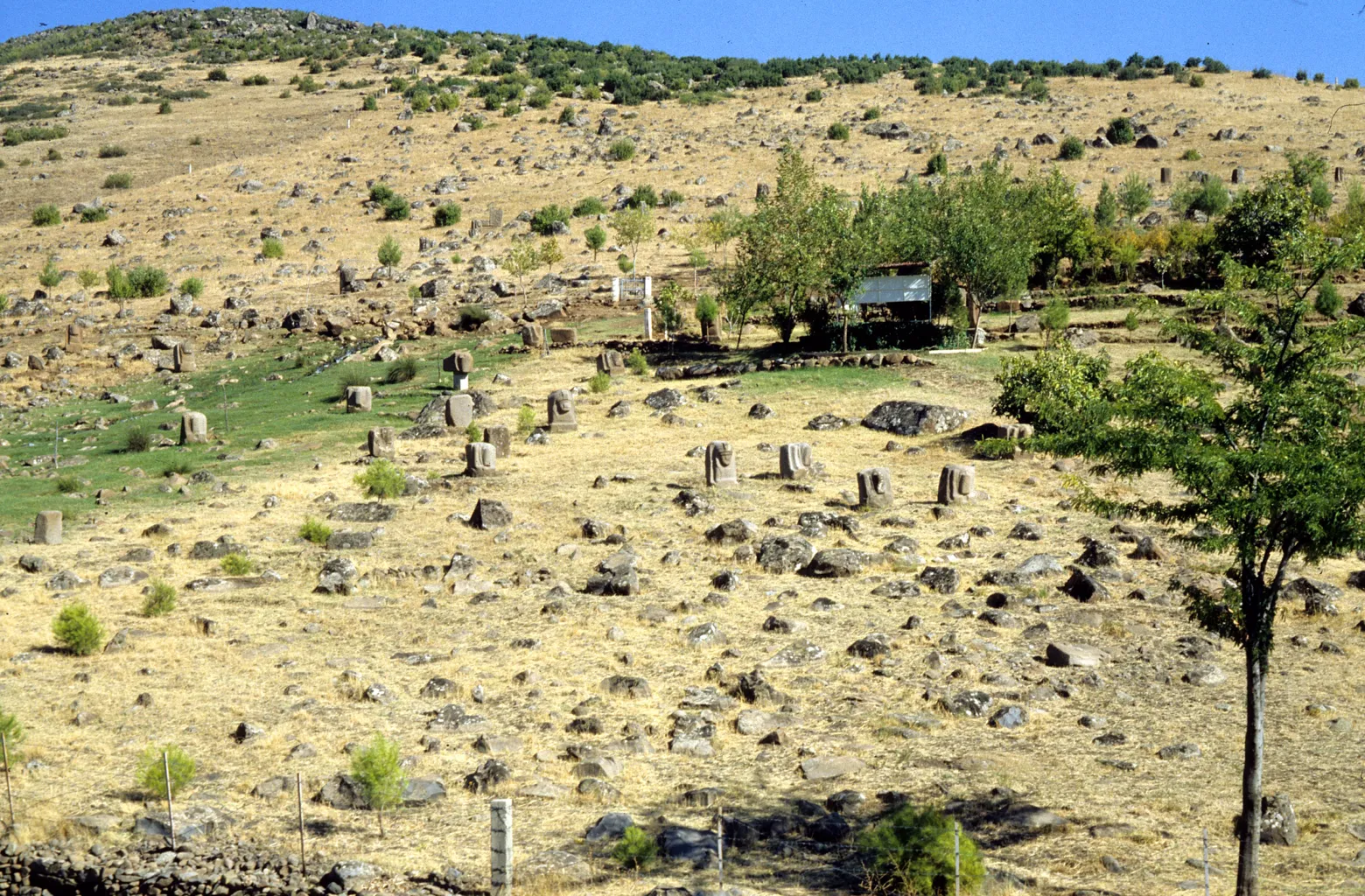
History of the Excavations
Austrian archaeologist Felix von Luschan first unearthed the Yesemek site during his 1890 excavations at Zincirli. Later, between 1957 and 1961, Turkish archaeologist Bahadır Alkım continued the work, revealing around 200 sculptures. In the 1990s, İlhan Temizsoy, the director of the Museum of Anatolian Civilizations, led further excavations, uncovering another hundred objects. Today, the Gaziantep Museum of Archaeology administers the site as an open-air museum.
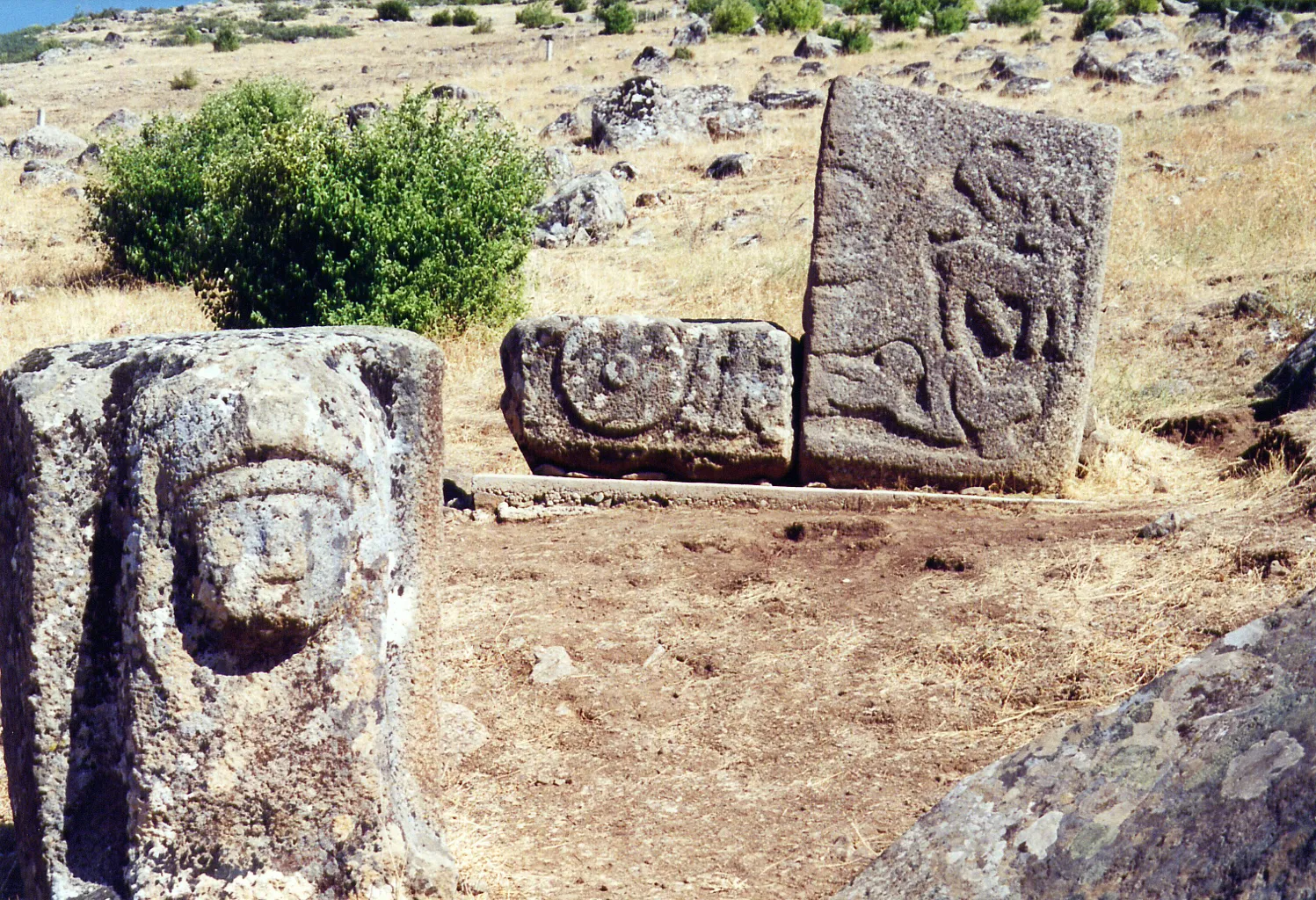
History of the Site
Hittite emperor Suppiluliuma I, who reigned from 1344 to 1322 BC, established the Yesemek Quarry and Sculpture Workshop. However, the workshop ceased operations with the collapse of the Hittite Empire. It reactivated in the ninth century BC when Yesemek became part of the Aramaic kingdom of Sam’al. Artifacts from this period show Aramaic and Assyrian influences. In the eighth century BC, Assyrian control over the region led to the site’s abandonment. It remains unclear whether the artisans stopped working or were relocated to the Assyrian capital. The workshop primarily used basalt, a common material in the area, for its sculptures. Among the 300 unearthed items are sphinxes, lions, chariots, and depictions of gods.
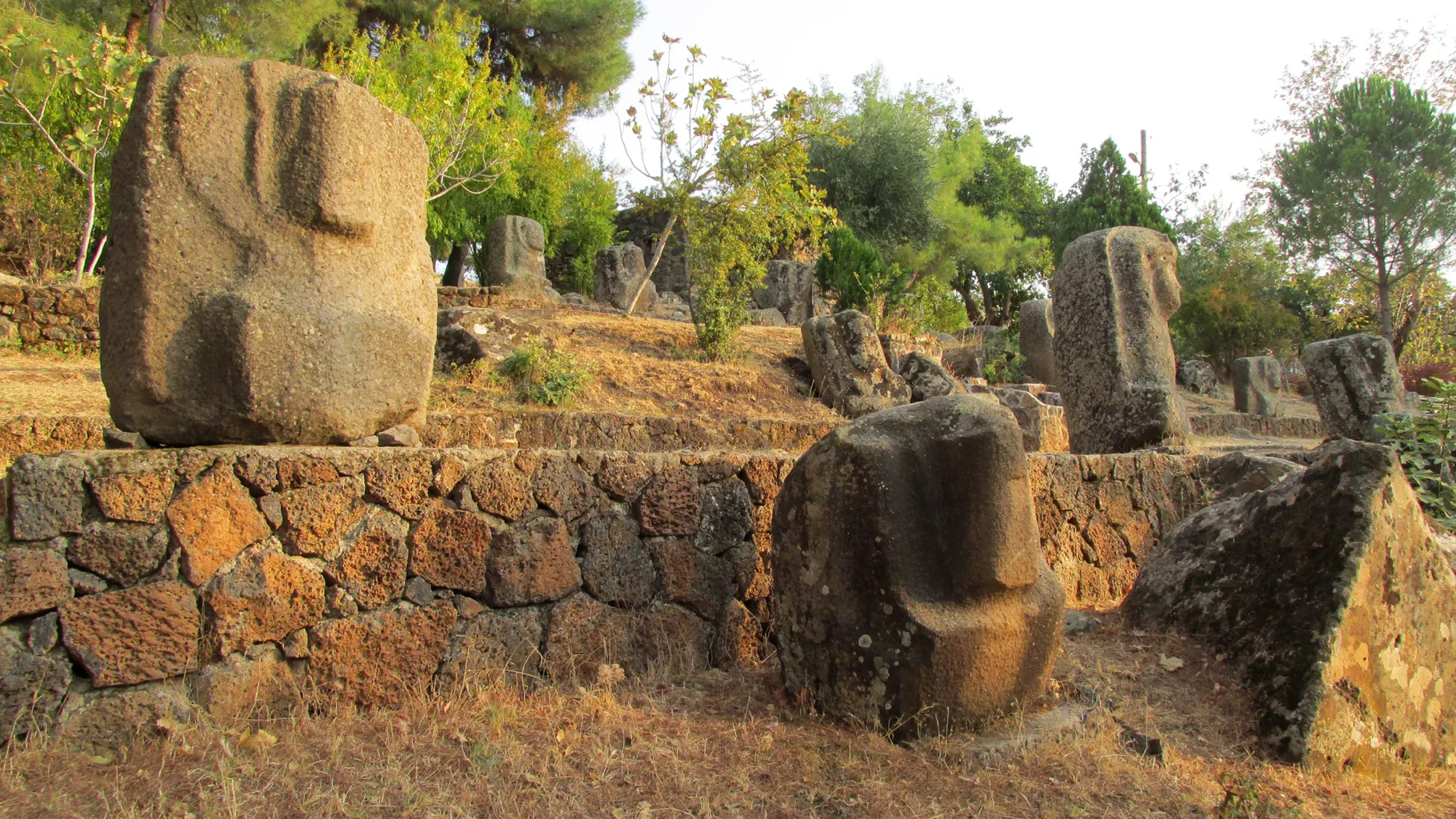
Sculptures
The site features several types of sculptures. The majority are sphinxes with female heads and lion bodies, as well as lions, some of which are winged. These sculptures likely flanked the gates of Hittite cities, palaces, and temples, similar to those found at Hattusa and Alaca Höyük. Other notable sculptures include groups of mountain gods with arms crossed over their chests, reliefs of hunting scenes, and a bear-person. These objects are believed to be special commissions. The mountain gods resemble those used as supports in the well sanctuary at Eflatun Pınar. Visitors can see sculptures at the site in various stages of production. A particularly noteworthy sphinx found at Zincirli is now displayed in the Museum of Gaziantep.
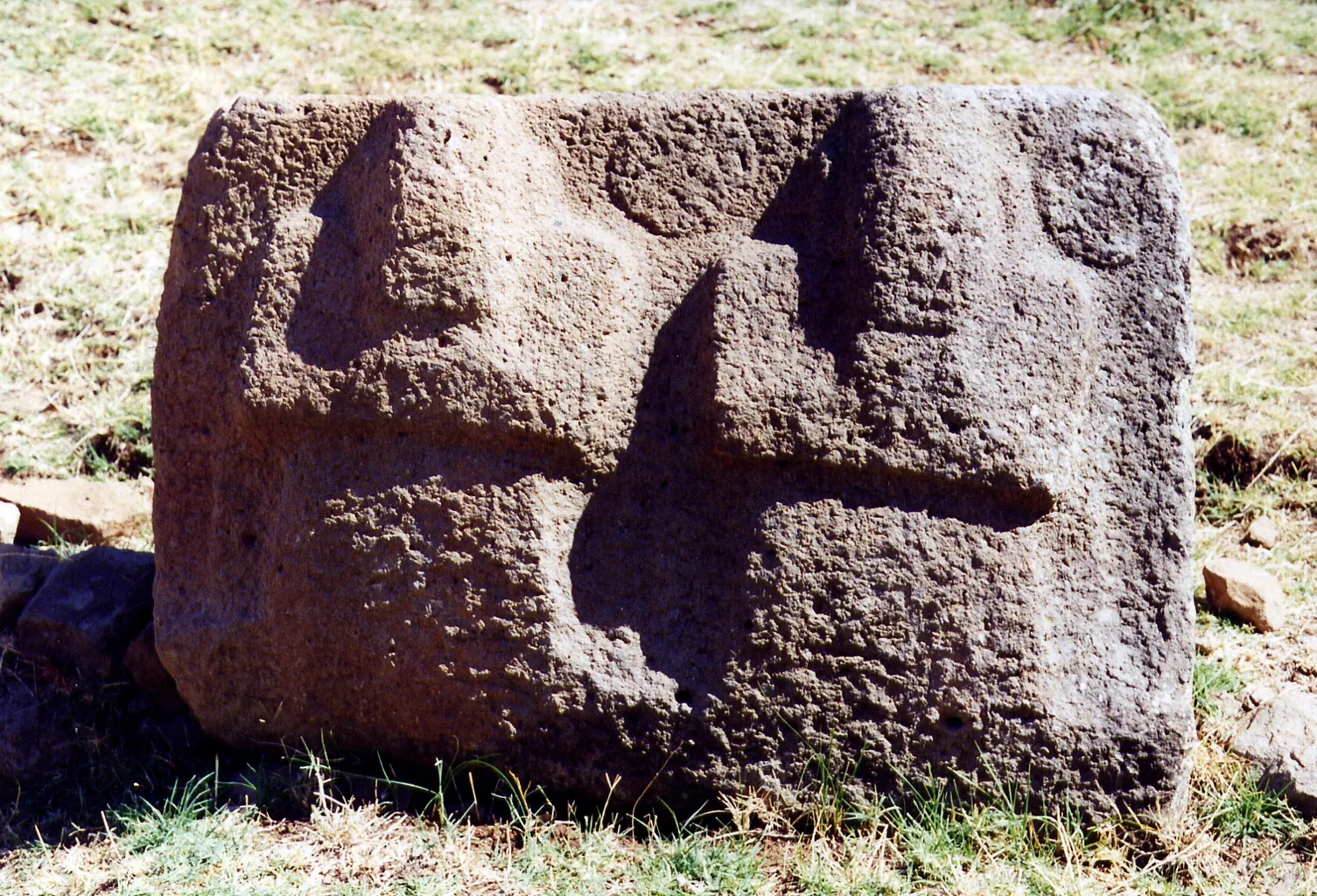
Stoneworking Techniques
At Yesemek, artisans broke large blocks of red basalt by striking pre-existing cracks with hammers and chisels. They inserted wooden wedges into these cracks and poured water over them. The waterlogged wood expanded, splitting off large fragments. Artisans then carved the rough shapes of figures with chisels and smoothed the outer surfaces. Fine carving followed, and they polished the pieces. Generally, they completed the final details at the sculptures’ final destinations. The exact method of transporting these large sculptures from the quarry remains unclear.
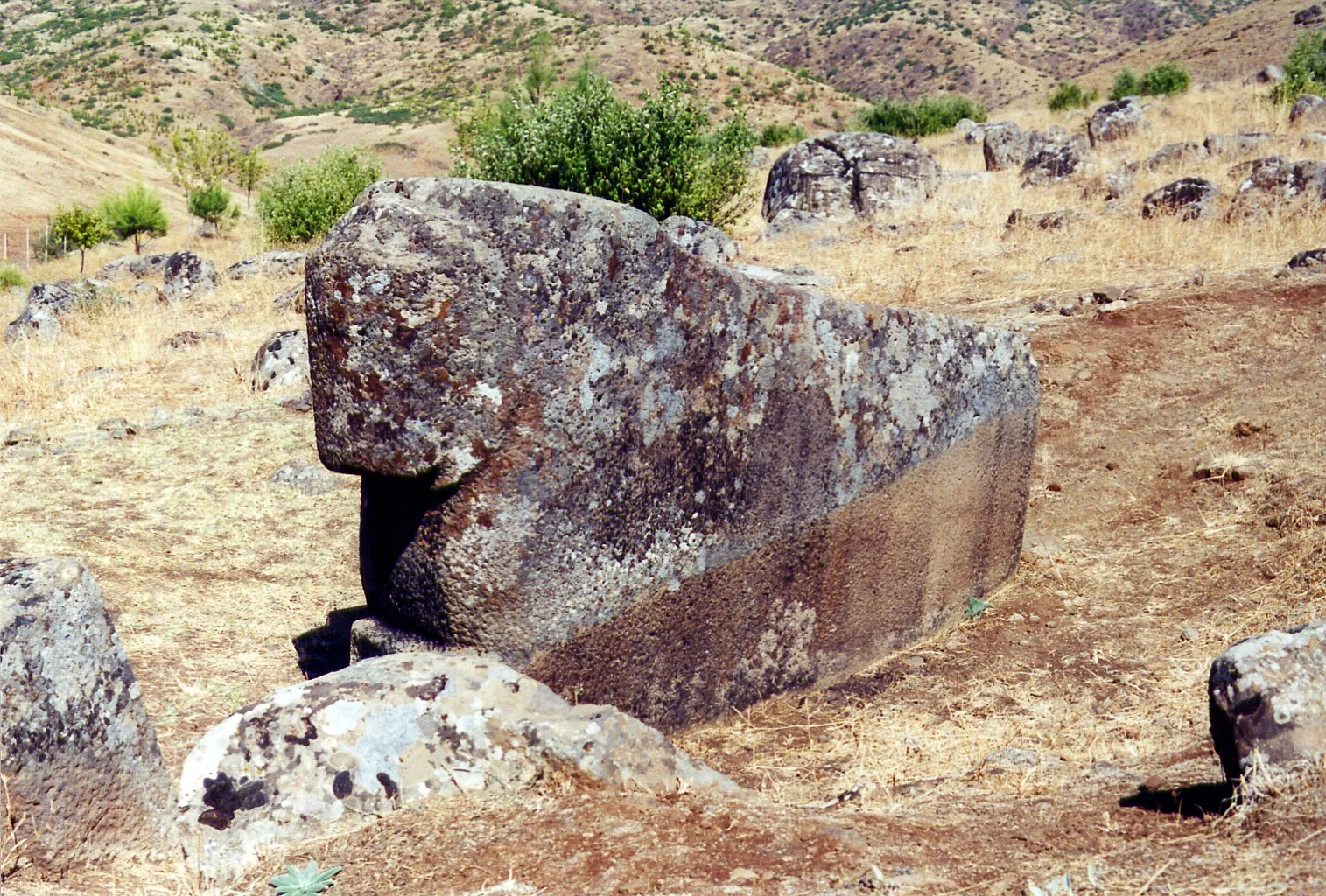
Sources:

